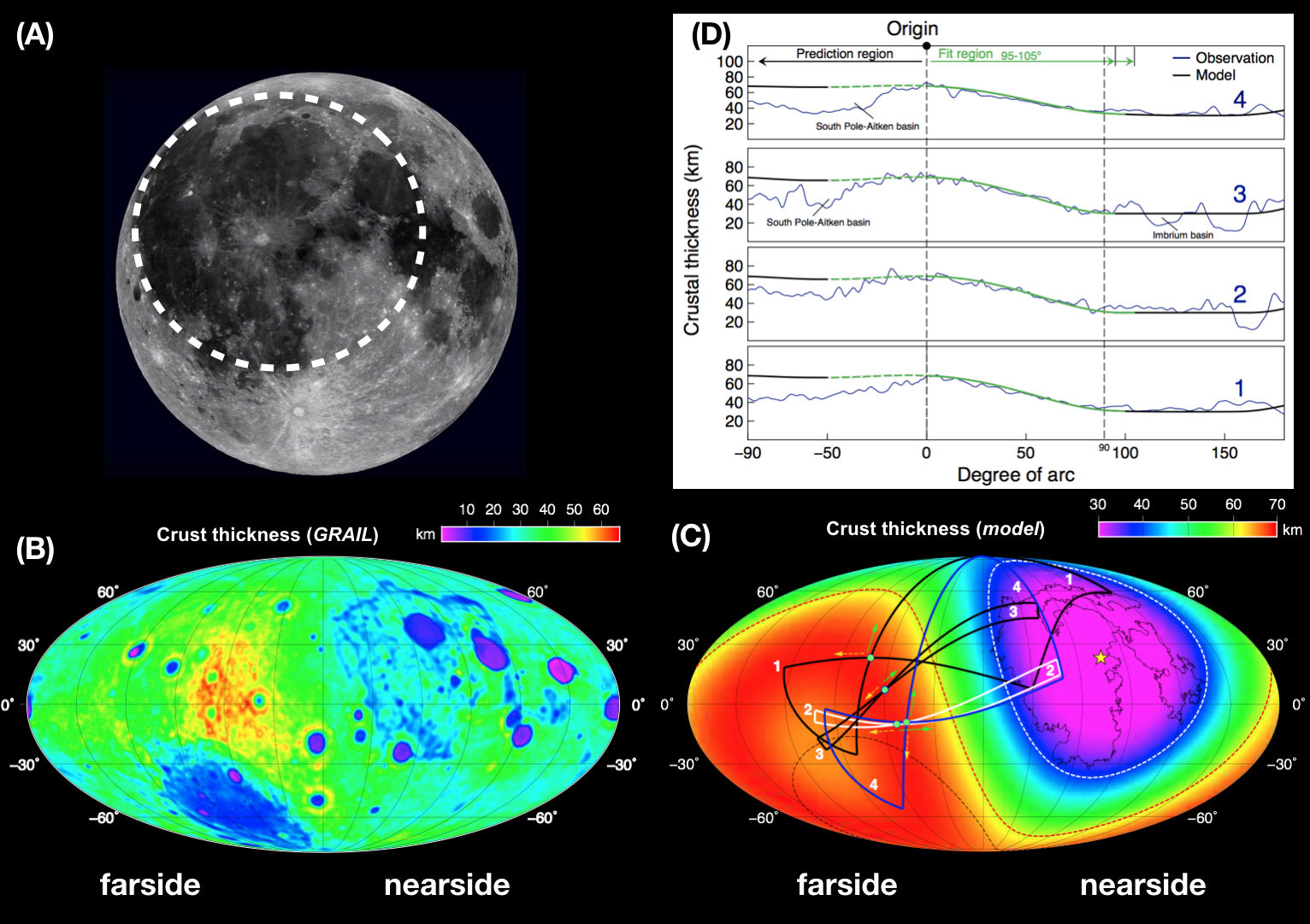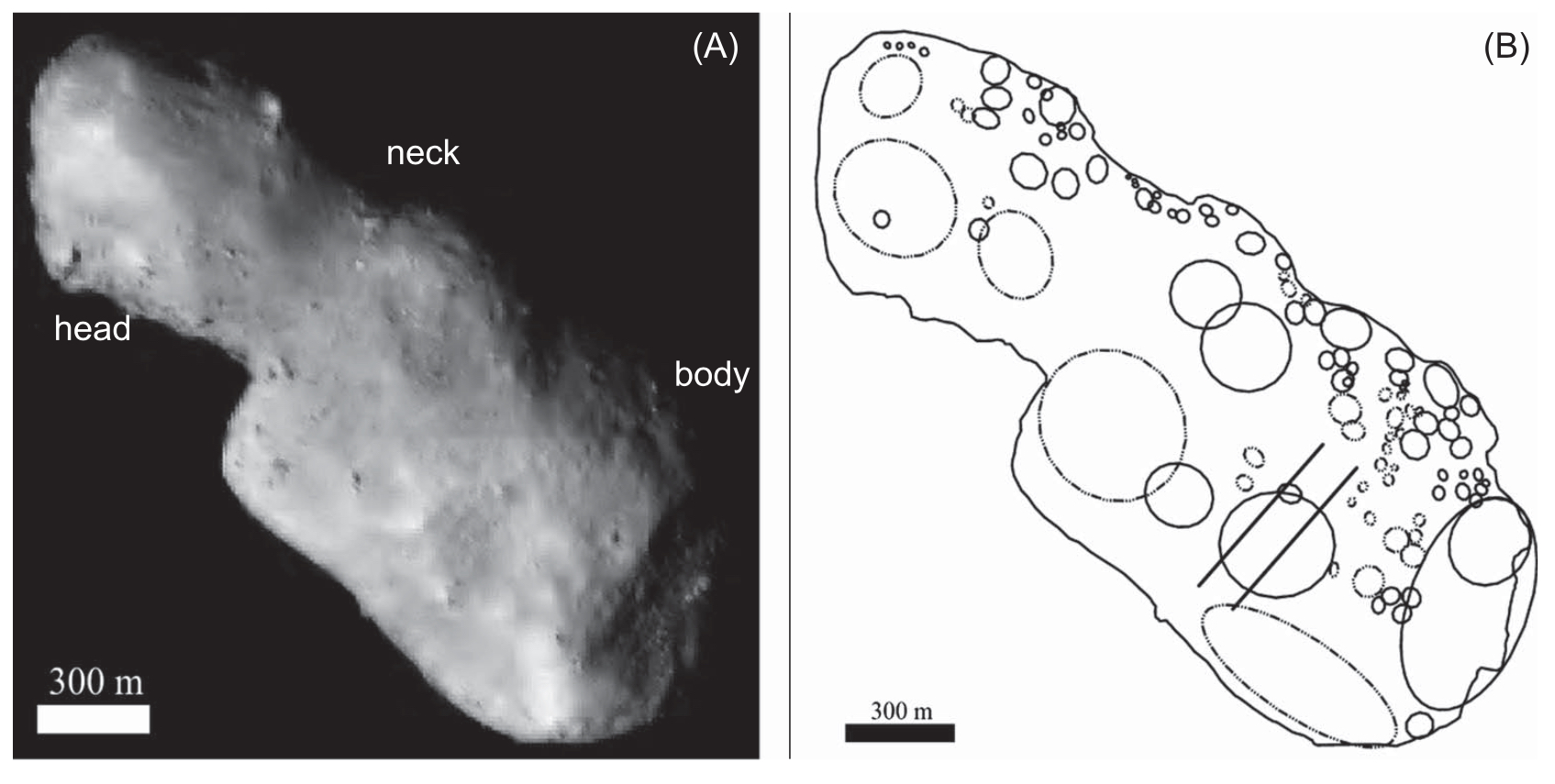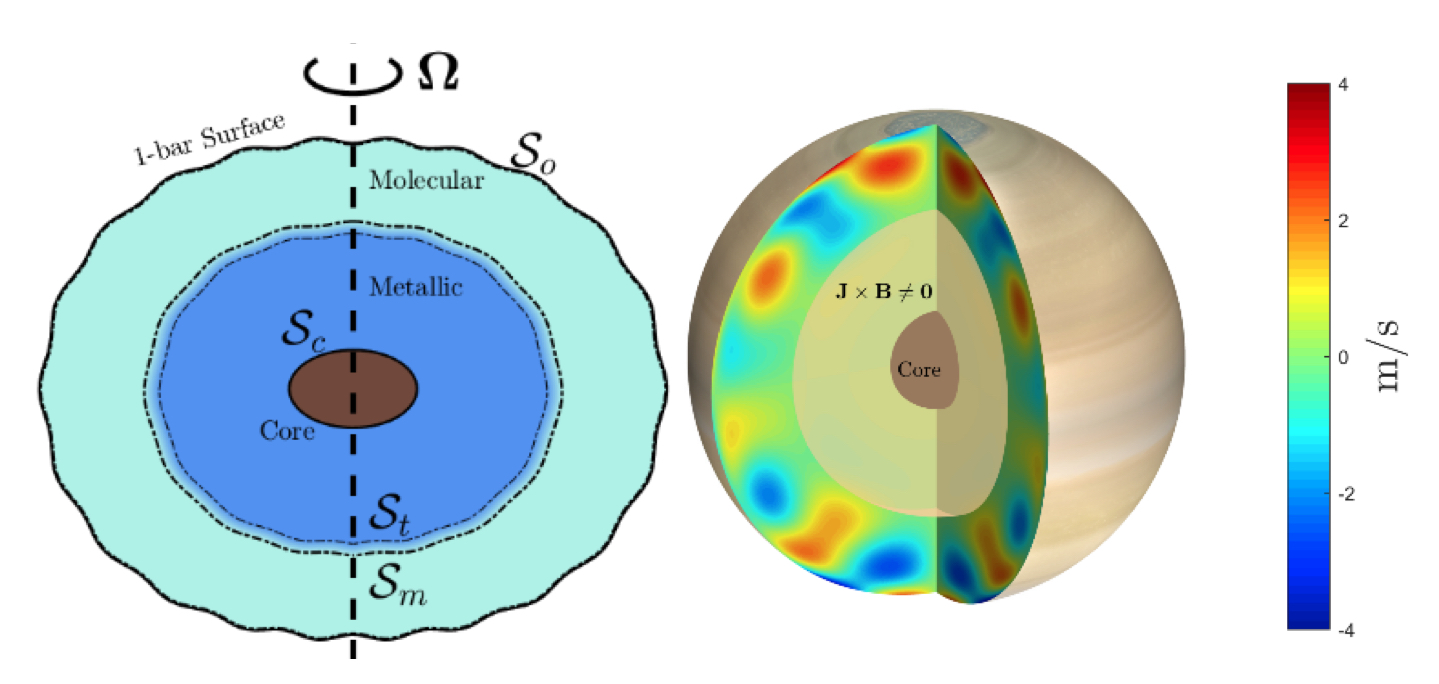Research on The Surface and The Interior Structures of Moon, Asteroids, and Giant Planets
ZHU Meng Hua, ZHANG Ke Ke
Macau University of Science and Technology
Planetary surface and interior structures are critical for understanding the formation and evolution of our Solar System. We studied the surface characteristics, bombardment history, and interior structure of the Moon, asteroids, and giant planets by using the remote sensing observations. From these observations, we reconstructed the impact history of the Moon, and proposed that the Moon’s nearside-farside asymmetries in compositions, crustal thickness, and topography were resulted from an early giant impact on the lunar surface. From the Chang’E-2 observations, we found that Toutatis (4179) is a rubble-pile asteroid. According to the observations from Juno and Cassini spacecraft, we developed a model to study the dynamical convection of giant planets that were frequently used in the analysis of Juno and Cassini data. Our results provided a realistic explanation for the apparent difference of highly siderophile elements between the Earth and Moon, which is of value in understanding the evolution of planetary bodies, especially Mars. We provided the key evidences on a giant impact on the early Moon forming its nearside-farside asymmetries and how to form the asteroid Toutatis. We made irreplaceable contributions to the interpretation of observation of Juno and Cassin spacecraft. All these results are closely integrated with the requirements of China's deep space exploration, and provide critical supports for the upcoming moon and Mars exploration projects, as well as future exploration projects for asteroids and giant planets.

Fig 1 Giant impact on the early Moon forming its nearside-farside asymmetries in composition, crustal thickness, and topography. (A). Proposed basin; (B) Moon’s crustal thickness distribution derived from the observations; (C) Impact-produced crustal thickness distribution; (D) comparison of crustal thickness distribution between observations and impact simulation.

Fig 2 Geological structure of Toutatis (4179). (A) Toutatis image observed by Chang’E-2 spacecraft; (B). Geological structures
Fig 3 The interior structure and dynamical convection model of Saturn derived from the high-resolution gravity data observed by Cassini spacecraft


